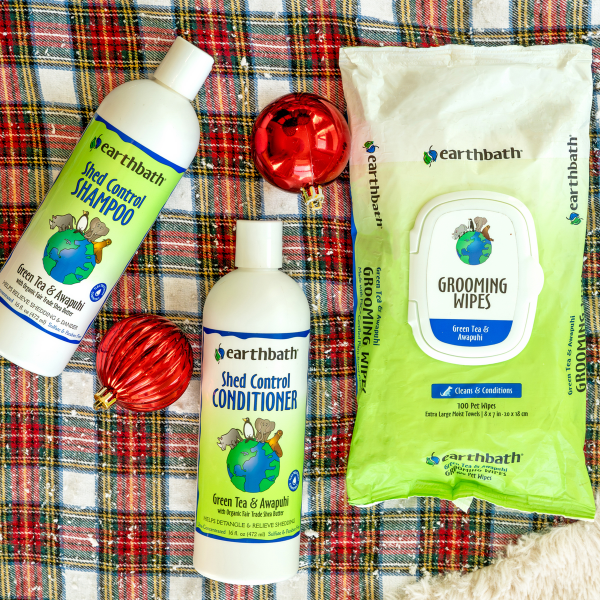So you’ve just welcomed a new puppy into your home—now what? How do you protect your carpet, furniture, and sanity?
Potty training might seem like an overwhelming concept for someone who has never done it before. But fear not! In this guide, we walk you through the essential steps and tricks for potty training a puppy.
1. Crates are Great!
Some new dog owners may be opposed to keeping their new family member locked up in a wire kennel. However, when puppies are trained appropriately, many enjoy spending time in the crate and see it as a quiet, safe retreat from the louder areas of the house.
Additionally, the crate is an important tool in successfully potty training your dog. Dogs usually avoid eliminating in their living and sleeping space.
Make sure the crate you use is not too large for your dog—they should be able to stand up, turn around, and lie down comfortably. However, if they have too much extra space, they may start eliminating in one corner and sleeping away from it.
You should have the crate set up and all other supplies on hand before bringing your puppy home.
2. Create a Schedule
Potty training can take a matter of days, or it can be a lengthy and frustrating process. Some of what makes up this difference depends on your dog, but the biggest factor in quick success is consistency.
Dogs thrive when they have a reliable routine. Create and stick to a schedule with meals, playtime, and going outside.
Serving breakfast, lunch, and dinner at the same time every day will also help regulate their bowel movements.
You should try to anticipate when your puppy will need to go outside and plan to take them out at regular intervals throughout the day, including:
- First thing in when you wake up
- Last thing before you go to bed
- After meals
- After playtime
- After waking up from a nap
- After spending time in the crate
Set your puppy up for success by giving them plenty of opportunities to do their business outside.
There is no hard and fast rule, but puppies can generally hold their bladders for as many hours as they are months old, plus one hour. Using this metric, an 8-week old puppy should be able to go about 3 hours without having an accident.
3. Pros and Cons of Paper Training
Puppy pads: a convenient solution, or an obstacle to success? The answer depends on the situation and how you implement the training pads.
If you live in a city where outdoor space is limited or are trying to potty train your dog in winter when it’s cold and snowy, puppy pads can be a great intermediary step.
In other cases, however, puppy pads can be confusing to your dog who is trying to learn where it’s okay to do his business.
If you don’t have a specific reason to use pads, it is perfectly okay to skip them altogether.
4. Praise
Use a verbal cue like “outside” when you are letting your dog out into the yard. Bring them to the same spot each time—they will be able to smell their scent in the area, which will encourage them to relieve themselves.
When your dog eliminates outside, be sure to reward them with verbal praise and a treat!
Always remember to stick to positive reinforcement. Never rub your dog’s nose in their mess or otherwise punish your dog for having an accident in the house. They will not understand their mistake, and negative reinforcement only leads to fear and distrust.
5. Cleaning Up Accidents
All puppies who are in the process of potty training will have accidents in the house: it is inevitable, and you should not get angry at them for it.
Proper cleanup of the accident will help prevent future elimination in unwanted areas.
Using an enzymatic cleaner to eliminate the odor is key. If your puppy can still smell their scent on a rug or other surface, they will continue to use the area as their toilet.
If your puppy has an accident in their crate, clean up the crate and bedding with enzymatic cleaner to eliminate odors and clean up your puppy with a mild puppy shampoo or puppy wipes.
If you are following all of these steps and are seeing no progress after a few weeks, consider bringing your puppy to the vet to rule out a medical reason for the accidents.
In Summary
When potty training a new puppy, the crate will be your best friend. Establish consistency in as many areas as you can, and make sure to reward and celebrate your dog for eliminating outdoors. Consider your living situation and long-term goals before implementing paper pads, and when accidents happen inside, remove the scent and never yell at or punish your dog.
Potty training requires a good deal of patience, but follow these steps and you won’t go wrong!
What was the most helpful tip for potty training your puppy? Let us know in the comments below!






